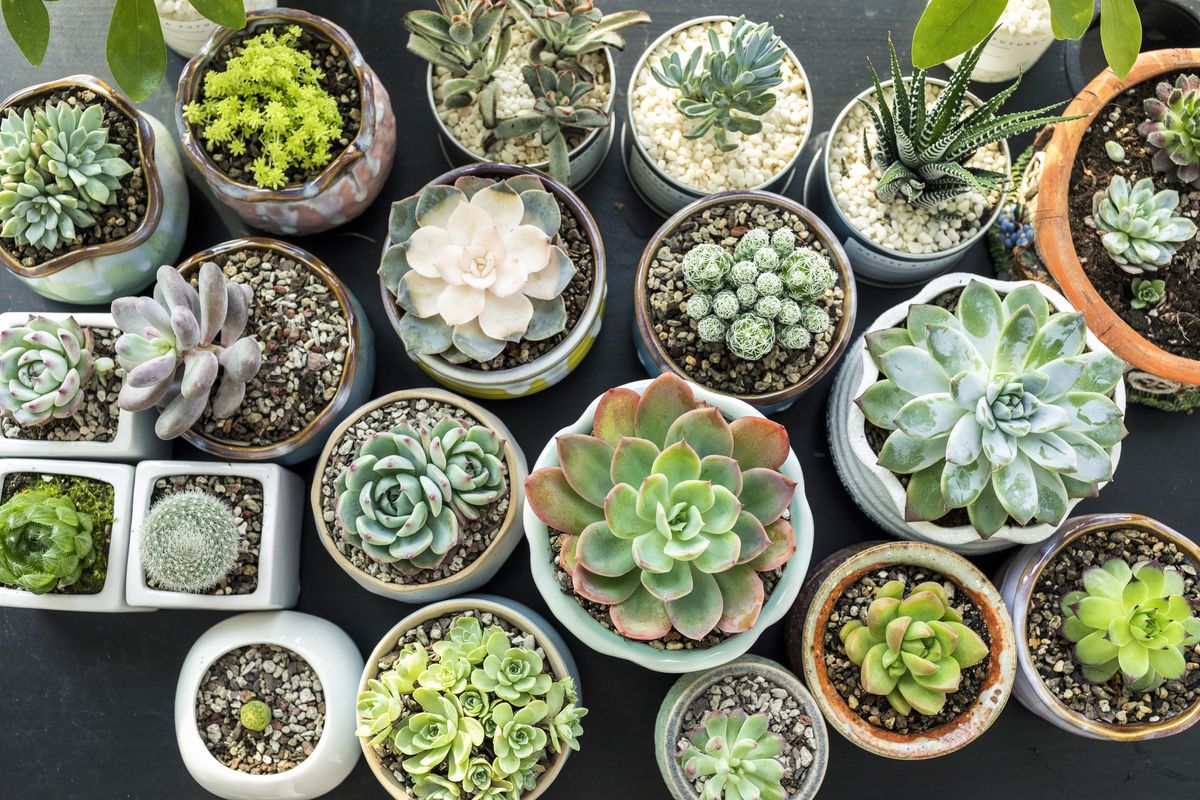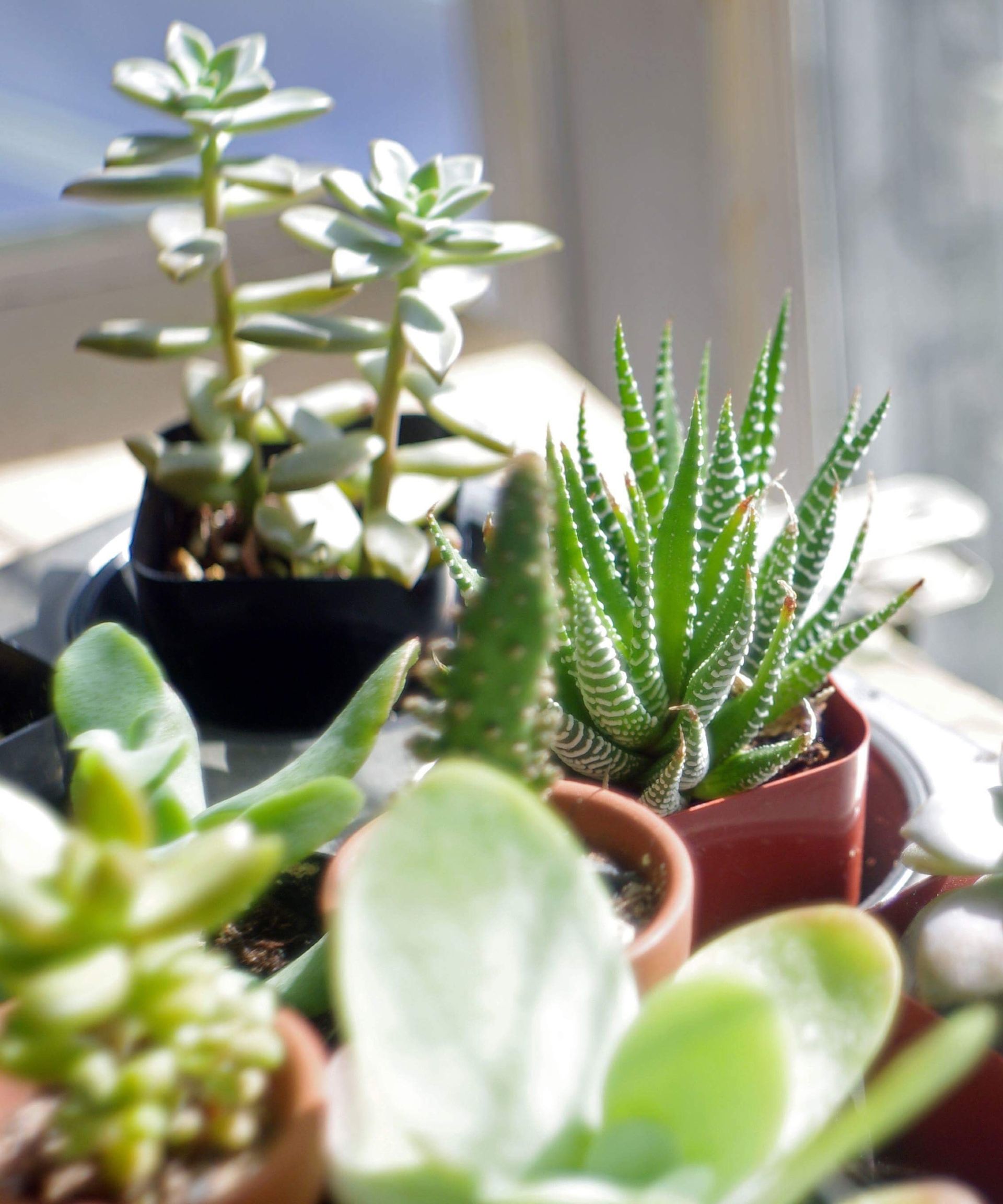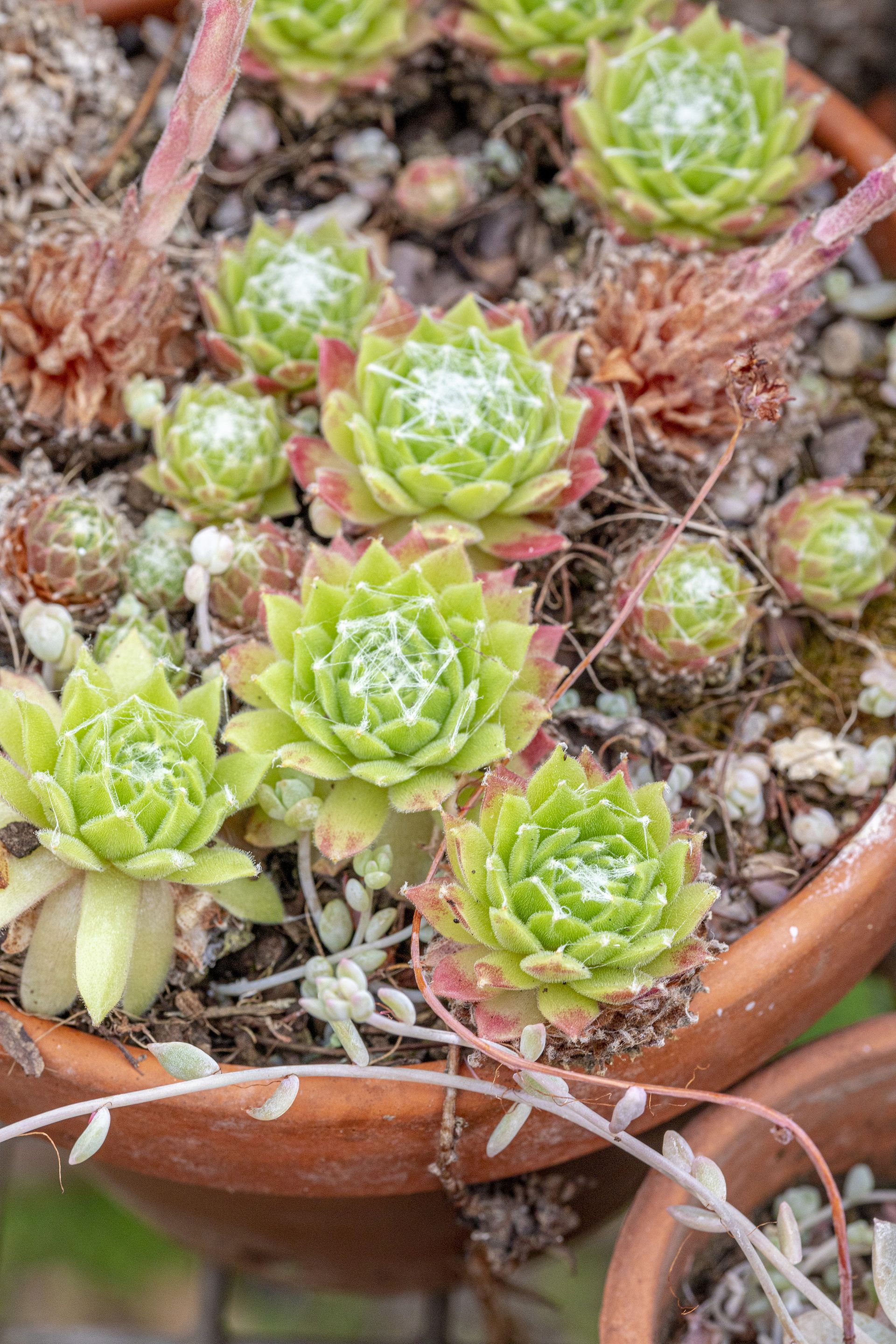Wondering how to propagate succulents? This process allows you to replicate the individuality of your favorite plants – to create tough new greenery that will thrive in a variety of conditions.
If you’ve read how to take plant cuttings, you may already be familiar with the many benefits of propagation. Rosemary, philodendrons and roses are some of the most popular plants to propagate (learning how to make rose cuttings is also easy). However, perhaps the easiest plants to cut (and maintain) are delicious.
Succulents are admired for their versatility in staying healthy in a range of climates and conditions, making them the best low-maintenance houseplants you can choose. Plus, aside from their durability, they have air purifying qualities and always look great around the house. So it’s no surprise that you want to enjoy their beauty for longer.
How to Propagate Succulents – 3 Steps to Beautiful New Greenery
You can propagate succulents using one of two methods – through their leaves (leaf propagation) or their stems (stem propagation). While both work successfully, experts say leaf propagation is easier – and it can leave you with more plants than the latter method.
Here’s how to propagate succulents using leaves.
(Image credit: Getty Images)
1. Prepare chosen leaves for propagation
Begin by removing several sheets of your original by hand. Vladan Nikolic, founder of Mr. Houseplant (opens in a new tab)recommends removing them as close to the stem as possible.
Next, you need to place your leaves in a flat dish filled with soil horizontally. According to Vladan, your dish should be no more than 1 or 2 inches tall. Then push the part of the leaf that was attached to the stem into the ground.
2. Consider dish placement
If you already know how to take care of succulents, you will know that these plants are easy to care for. However, you may need to show your succulents some extra thought and care when propagating.
Vladan urges you to give your cuttings as much direct sun as possible. If that’s not always an option, he suggests investing in a grow light. [such as this one from Amazon (opens in new tab)].
As an optional step, he recommends placing a heating mat under the floor to keep it warm. “Raising the soil temperature by several degrees will increase the speed of spread,” he says.
3. Monitor watering levels
Knowing exactly when to water plants is vital to keeping your greenery alive. However, during the propagation process, your watering routine may change.
The expert says there is “no need” to water your leaves at first, as they should have enough stored water to grow roots and (eventually) new growth.
“Once the leaves have grown an inch or two from the roots, you can start watering,” he says. “Then, once a new little plant has developed and the root system has grown in size, you can repot in a normal pot. You don’t need to plant too deep, as many succulents have small root systems.
(Image credit: Getty Images)
Is it better to propagate succulents in water or in the ground?
Depending on which expert you consult, you may receive conflicting advice on the best method. The instructions above use dirt, but Vladan admits both can work well. So he suggests trying both to see which works best for you. “If you don’t have success with soil propagation, try water, and vice versa.”
Deborah Looi of Gardening Collective (opens in a new tab) reflects these suggestions but admits that the floor is his preferred method.
“In general, plants grow better in soil than in water. This is because soil provides plants with the essential nutrients and minerals they need to grow, unlike water,” she explains. “Additionally, soil helps anchor plants in place, which is important to prevent them from being uprooted by wind or water.
(Image credit: future)
How long do succulent cuttings take to root?
If you work in optimal conditions, you can expect to see roots in 2-3 weeks. However, experts suggest that in some cases it can take several months. To speed up growth, Vladan recommends providing your cuttings with as much light as possible, as this will speed up photosynthesis and root production.




